Metal trace analysis and detection

In metal analysis, elemental evidence is now gathered from the tiniest traces in the ppm, ppb and ppt ranges with sophisticated instrumentation like AAS, ICP-OES or, more recently, ICP-MS.
Rather than just looking – modern day laboratory sleuths can only rarely analyse a sample directly without suitable pre-treatment. The sample must be first skilfully dissolved, digested or fused. All the auxiliary reagents used must perform these tasks but be effectively invisible in the final analysis.
VWR Chemicals, J.T.Baker® and Merck standards and reagents are specifically produced to give you that blank background so that you can solve even the most baffling cases.
- Chemicals for sample preparation for trace analysis
- Standards for calibration
- Equipment for trace analysis
- Related documents for metal trace detection
Chemicals for sample preparation

High purity and Ultrapure Acids
A complete range of high purity acids with max. permitted levels contaminants in ppb and ppt, essential in ultra-trace analysis applications.

ARISTAR® acids for trace analysis
This high purity acid range is essential in sample preparation for metal trace analysis with max. permitted levels contaminants in ppm and ppb
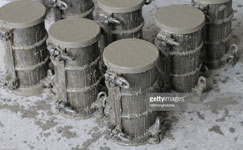
Fluxes for XRF
Used for rocks, metals, ceramics and cement analysis. Digestion by fluxing is a common sample preparation step for XRF.

Mercury determination
Mercury is one of the most toxic and poisonous heavy metal in the environment. Its determination usually made by AAS is common in different sectors as Food, Environment and Pharma industries.
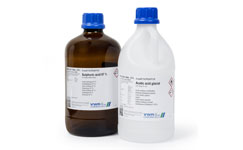
Analytical acids
VWR Chemicals & Merck offer reagents including acids, caustics and salts, suitable for many inorganic and analytical applications. The specifications quote guaranteed max. permitted limits of impurity and have a 99% stock availability.

Analytical alkalis & caustics
VWR Chemicals & Merck alkalis for many inorganic and analytical applications.
VWR Chemicals alkalis for many inorganic and analytical applications.

Analytical salts
Analytical salts are manufactured under strictly controlled conditions mostly in Europe.

Supelco® Suprapur salts
High purity inorganic salts for sample preparation, produced under strict conditions in clean room areas.
Standards for calibration

AAS standards 1000 mg/l
Complete range of 66 AAS Standards at 1000 mg/l available in 100 and 500 ml packs, traceable to NIST and delivered with Certiticate of analysis(CoA)

ICP and ICP-MS standards
Complete range of Standards at 10, 1000 and 10 000 mg/l available in 100 and 500ml packs, traceable to NIST and delivered with Certificate of analysis
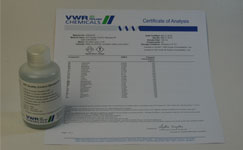
ICP and ICP-MS multi-element solutions
Complete range of multi-element solutions for using as internal Standard or for a perfect equipment calibration, traceable to NIST and delivered with CoA.

Customised standard multi-element solutions
VWR, working in partnership with CPAchem, offers a custom service enabling you to define your own components, tailoring the standard to your particular application.
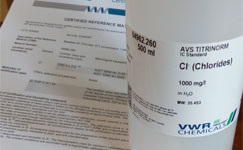
Ion chromatography standards
Large range composed by 54 elements at 1000 mg/l to be used in Food and Beverage, Environment, Pharmaceutics, Life Science and many more.

Supelco® ICP,AAS and IC standards
For accredited testing labs, the use of Certified Reference Materials (CRMs) for calibration is demanded by ISO/IEC 17025.
Equipment for trace analysis
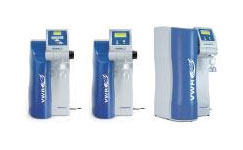
Water purification
VWR® water purification systems ensure a pure water supply...
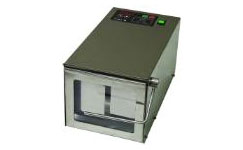
Homogeneiser/blenders
Blenders, homogenisers and grinders for sample preparation...

Stirrers
Magnetic, hotplate and overhead stirrers plus stirring bars and accessories...
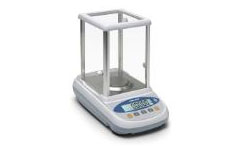
Balances
Micro, analytical, top pan and moisture determination balances...

Bottle-top dispensers
Precise dispensing from reagent bottles to bottle-top burettes for titration...
What is Atomic Spectroscopy?
Atomic spectroscopy lets analysts determine the composition of liquid or solid samples by measuring the amount of light absorbed by atoms and ions in the material at specific wavelengths. By applying electromagnetic radiation to a compound, it puts atoms in the sample into an excited state. As they return to their original condition, they emit energy as light. By measuring the wavelength and intensity of the emitted light, analysts can identify the atoms in the sample.